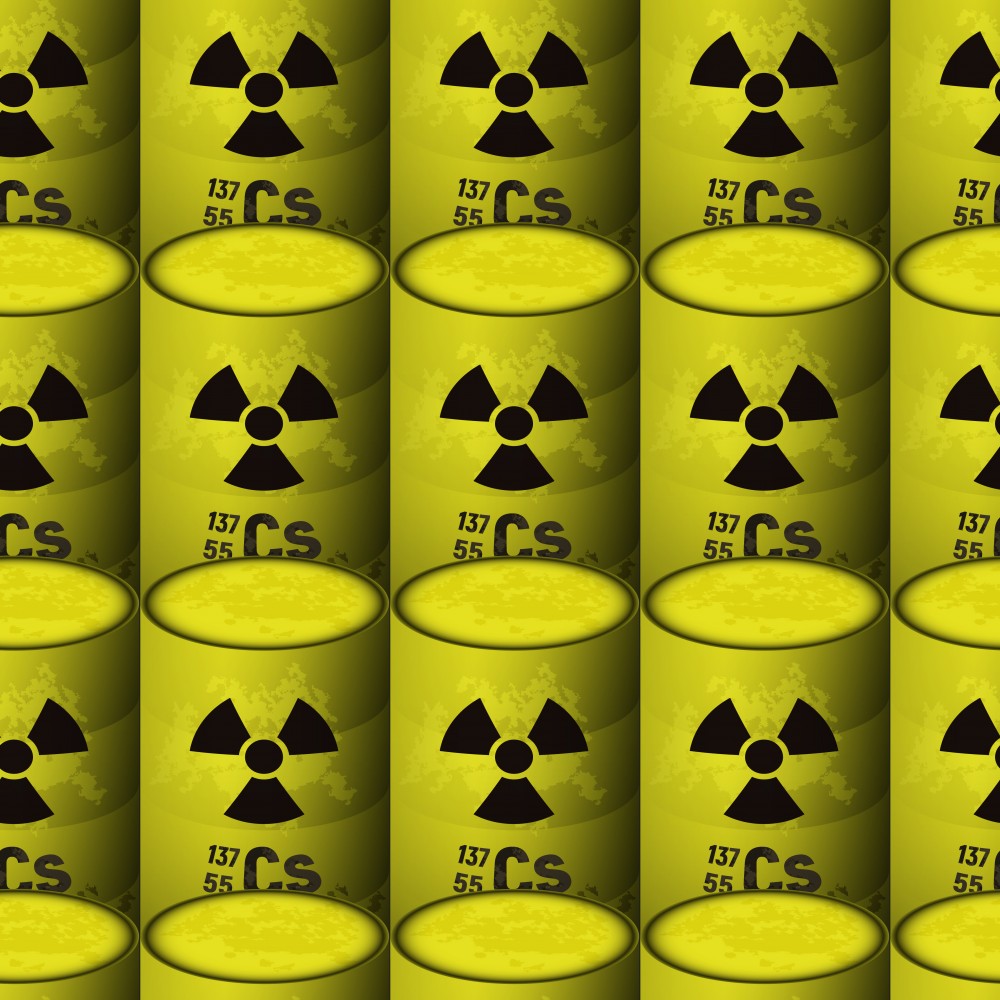
The National Threat Initiative (NTI) worked with hospitals, research universities, and other stakeholders to prepare a report with effective and secure solutions to support Congressional efforts to eliminate cesium-137 from facilities around the United States.
The report — Preventing a Dirty Bomb: Case Studies and Lessons Learned — is based on a series of case studies from Emory University in Atlanta, across the University of California system, and in New York City. It identifies the roles that federal, state, and local regulators, operators and decision-makers play in swapping out cesium-137 and highlights incentives, challenges and informational issues standing in the way of replacement.
Cesium-137, a potentially dangerous radioactive source, offers ingredients that could be used radiological dirty bombs. It is traditionally used as an irradiator, utilized in blood sterilization and research applications with alternative x-ray technologies. Since cesium-137 can be found in hundreds of facilities throughout the United States, the NTI claims that many of these are vulnerable to theft.
“At the Nuclear Threat Initiative, we know that the radiological, or ‘dirty,’ bomb threat is urgent and that a national effort is needed to address it,” Laura S.H. Holgate, NTI’s vice president of materials risk management, said in the report. “We support congressional efforts to phase out all cesium-137 blood irradiation devices in the United States by 2027—tracking international models in France, Japan, and Norway. Fortunately, new technologies have eliminated the need for the use of radiological materials like cesium-137 in medicine and research; equally effective and safe, these technologies have been approved by the Food and Drug Administration and have made their way to market.”
The NTI worked with partner organizations to investigate liability, lifecycle, and disposal costs associated with cesium-137, gather the details on the viability of replacement, and help garner support for change.
The report noted that 15 of the 32 irradiators in use in New York alone as of 2014 have now been replaced. Another seven are under contract for replacement or have contracts pending.
“Although there is no regulatory mandate to achieve permanent threat reduction by removing these potentially dangerous sources, hospitals, research centers, and governments increasingly are recognizing the risks associated with radiological devices and are voluntarily removing and replacing them,” the report said.
The report is meant mainly for public health officials at local and state levels, hospital administrators and other cesium-137 users, and tries to connect them and regulators in the field with the knowledge of technical professionals. It also works to identify and advocate for those areas where adjustments to U.S. Nuclear Regulatory Commission regulations could help incentivize securing and replacing cesium-137 sources and devices.
In addition to safety concerns, a significant portion of the report is also dedicated to costs. As an incentive, it notes that cesium-137 alternatives can grant long-term cost savings and operational benefits, as they reduce the need to maintain expensive surveillance systems of dangerous items and eliminates outright the high costs associated with material disposal.
“We’re hopeful that moving forward, other universities and municipalities will see this work as a blueprint for reducing radiological risks across America and the world,” Holgate said.




